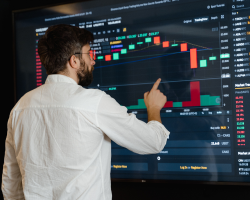Decoding Risk Appetite in Forex Trading
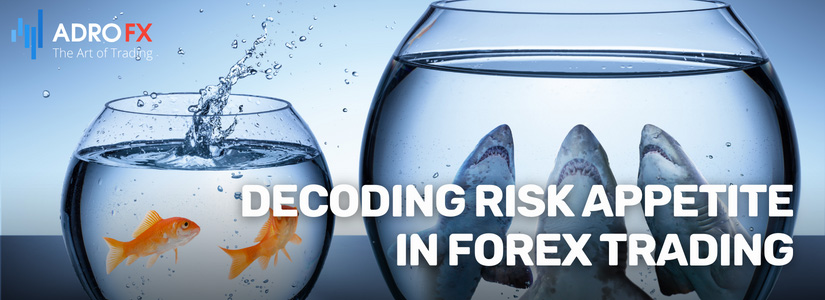
Embarking on the dynamic journey of forex trading is akin to navigating uncharted waters. Picture this: a seasoned trader, well-versed in the language of risk appetite, standing at the crossroads of potential profit and potential loss. In this financial odyssey, risk appetite becomes more than a theoretical concept - it transforms into a compass guiding traders through the turbulent seas of currency markets. Let's delve into the depths of risk appetite, exploring its nuances and unveiling its crucial role in shaping effective forex trading strategies.
Grasping Risk Appetite in Trading
Simply put, risk appetite signifies the degree of risk an individual or organization is ready to embrace in the pursuit of potential returns. The more daring the trade, the higher the potential reward - but correspondingly, the greater the possible loss. The comprehension of your risk appetite holds paramount importance in shaping a trading strategy that harmonizes with your comfort level, financial standing, and long-term aspirations.
Each trader possesses a distinct risk appetite. Some lean towards risk aversion, opting for safer trades with more modest returns. On the other hand, some are risk-tolerant or even risk-seeking, willingly entering into high-risk trades with the prospect of substantial returns. These variations in risk appetite significantly impact the nature of trades, their durations, and the instruments involved.
Regular assessment of risk exposure, representing potential losses, is essential to ensure it stays within acceptable parameters. The risk management process should also encompass periodic reviews of the trader's profile.
Understanding and outlining risk appetite is not a one-time task but an ongoing journey. It is a strategic undertaking that necessitates the alignment of diverse elements - from delineating strategic objectives to setting risk tolerance limits and implementing a robust risk management framework.
Risk Appetite in Forex Trading
In forex trading, risk appetite stands as a formidable influencer. A trader's risk appetite extends its sway over various aspects, determining the choice of currency pairs, position sizes, and the strategic application of leverage.
Moreover, forex traders must factor in market risk appetite, reflecting the collective risk tolerance prevailing in the market. This shared risk sentiment has the power to steer significant trends in the forex market. For instance, during phases of heightened market risk appetite, currencies from emerging markets, considered riskier, may appreciate against safe-haven counterparts like the US dollar or Japanese yen. Conversely, in periods of subdued market risk appetite, safe-haven currencies often gain strength.
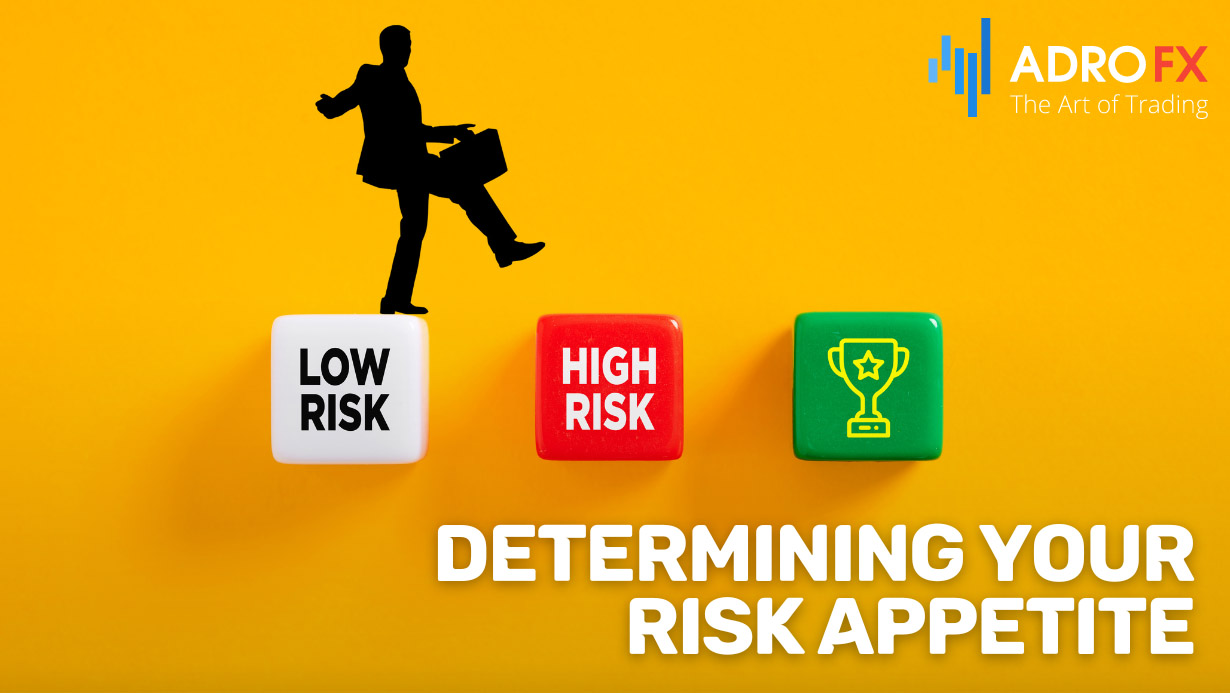
Determining Your Risk Appetite
Several factors should mold your risk appetite, each playing a distinctive role in this crucial aspect of forex trading:
- Financial Goals
The nature of your trades should align with your financial goals. Pursuing significant wealth growth may incline you toward riskier trades, while capital protection or steady income goals may lead to a preference for less risky options. - Available Capital
The amount of disposable income at your disposal directly influences your capacity to weather losses and thus shapes your potential risk appetite. A cardinal rule is to trade only with funds you can afford to lose. - Time Horizon
Your time horizon in trading significantly impacts your risk appetite. Long-term traders may display greater tolerance for short-term volatility, while short-term traders may need to exercise a more risk-averse approach. - Emotional Capacity
Risk tolerance transcends financial considerations; it holds an emotional dimension. Recognizing how you respond to losses and whether you can maintain composure during market volatility is integral to understanding and calibrating your risk appetite effectively.
Managing Your Risk Appetite in Forex Trading
Effectively navigating the dynamic landscape of forex trading requires not only a keen understanding of risk appetite but also a strategic approach to managing it. Here are key considerations and techniques for managing your risk appetite in the complex world of forex trading:
- Set Clear Risk Tolerance Levels
Establishing clear risk tolerance levels is foundational to managing your risk appetite. Define the maximum percentage of your trading capital that you are willing to risk on a single trade. This ensures that even in the face of unfavorable market movements, you avoid exposing yourself to excessive losses.
- Diversify Your Portfolio
Diversification is a powerful risk management tool. Instead of concentrating your investments on a single currency pair, spread your risk across different pairs. This helps mitigate the impact of adverse movements in one currency on your overall portfolio.
- Utilize Stop Loss Orders
Incorporating Stop Loss orders is a proactive strategy to limit potential losses. Set predetermined price levels at which your positions will automatically be closed, preventing further losses beyond your comfort zone. This disciplined approach ensures that emotions do not override your risk management plan.
- Regularly Reassess Your Risk Profile
Market conditions and personal circumstances evolve, necessitating periodic reassessment of your risk profile. Regularly review your financial goals, available capital, and emotional capacity to ensure that your risk appetite aligns with your current situation and objectives.
- Adapt to Changing Market Conditions
The forex market is dynamic, with conditions evolving over time. Stay attuned to shifting market sentiments and adapt your trading strategy accordingly. During periods of heightened risk, consider reducing position sizes or avoiding excessively risky trades to safeguard your capital.
- Avoid Over-Leveraging
While leverage can amplify returns, it also escalates risk. Exercise caution with leverage, as excessive borrowing can lead to significant losses. Implement risk management measures that factor in the potential impact of leverage on your trades.
- Stay Informed and Educated
Continuous learning and staying informed about market developments are paramount. Understand the factors that influence currency movements, economic indicators, and geopolitical events. Informed decision-making enhances your ability to navigate the complexities of the forex market.
- Implement a Robust Risk Management Plan
Develop a comprehensive risk management plan that encompasses various scenarios and potential market outcomes. This plan should be aligned with your risk tolerance levels and provide a structured approach to decision-making in different market conditions.
- Practice Discipline and Patience
Discipline and patience are virtues in forex trading. Stick to your risk management plan, avoid impulsive decisions, and be patient in waiting for favorable trading opportunities. Emotional discipline is instrumental in maintaining a consistent risk appetite.
Effectively managing your risk appetite is a continuous process that involves a combination of strategic planning, discipline, and adaptability. By integrating these risk management techniques into your trading routine, you can navigate the inherent uncertainties of forex trading with greater confidence and resilience.
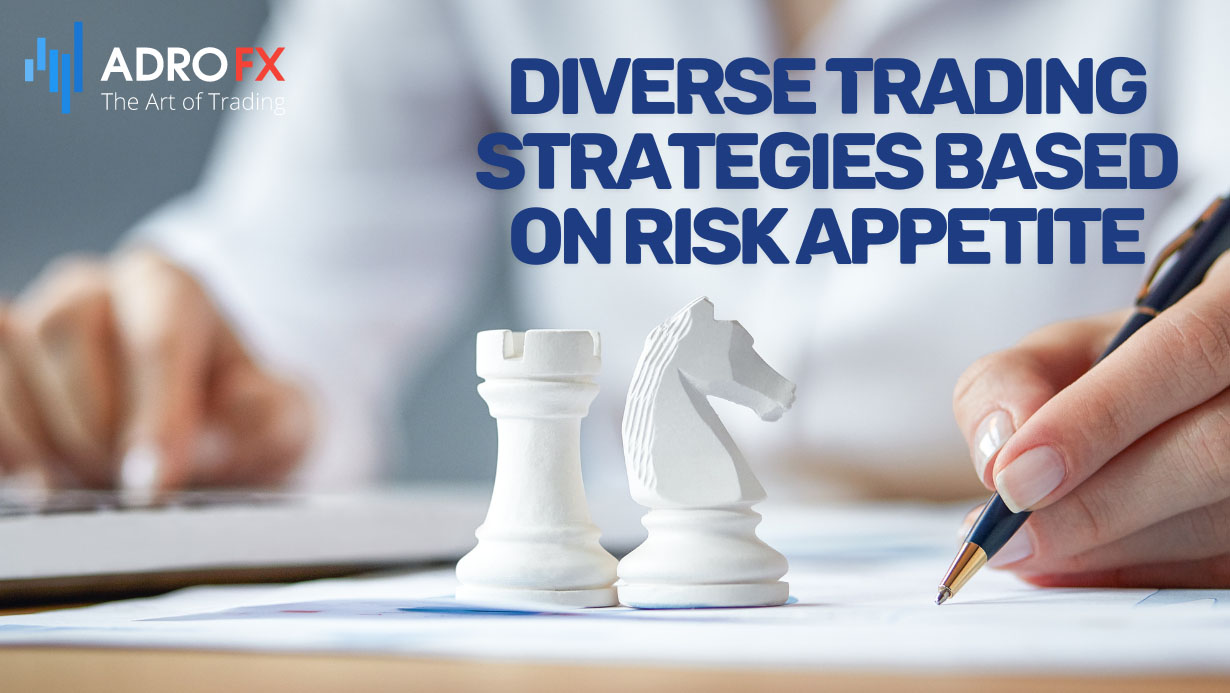
Diverse Trading Strategies Based on Risk Appetite
High Risk Appetite
Traders with a high risk appetite often gravitate towards more assertive trading strategies such as day trading, scalping, or high-frequency trading. These approaches involve frequent transactions, typically held for brief durations, demanding vigilant and continuous market monitoring.
Day Trading: This strategy centers on executing trades within the same trading day, aiming to capitalize on short-term price fluctuations while avoiding overnight market risks. The heightened frequency of trades, however, amplifies transaction costs and exposes traders to increased market volatility.
Scalping: An intensified version of day trading, scalping involves profiting from minimal price changes. Scalpers make hundreds to thousands of trades daily, elevating both potential profits and risks significantly.
High-Frequency Trading (HFT): Employing sophisticated algorithms, HFT executes a large volume of orders at exceptionally high speeds. This strategy relies on advanced technology, albeit at a potentially high implementation cost.
Moderate Risk Appetite
Traders with moderate risk appetites often find a balance in strategies like swing trading or position trading. These approaches entail holding trades for several days to weeks, aiming to profit from medium-term price movements.
Swing Trading: This strategy involves holding trades for multiple days, capturing potential price swings. Successful swing traders meticulously analyze market trends and patterns to predict future price movements.
Position Trading: Embracing a long-term approach, position trading involves holding trades for weeks to months. Relying heavily on fundamental analysis, position traders need a profound understanding of economic indicators and market conditions.
Low Risk Appetite
Traders with low risk appetites tend to lean towards strategies like carry trading or trend-following. These are longer-term approaches with lower trading frequency, emphasizing stability in profits.
Carry Trading: In this strategy, traders buy a currency with a high interest rate and sell a currency with a low interest rate, seeking to profit from the interest rate differential. However, unfavorable exchange rate movements can erase profits.
Trend Following: This strategy revolves around identifying and following existing market trends. Followers of this approach believe in the mantra "the trend is your friend," aiming to profit from existing movements rather than predicting new trends.
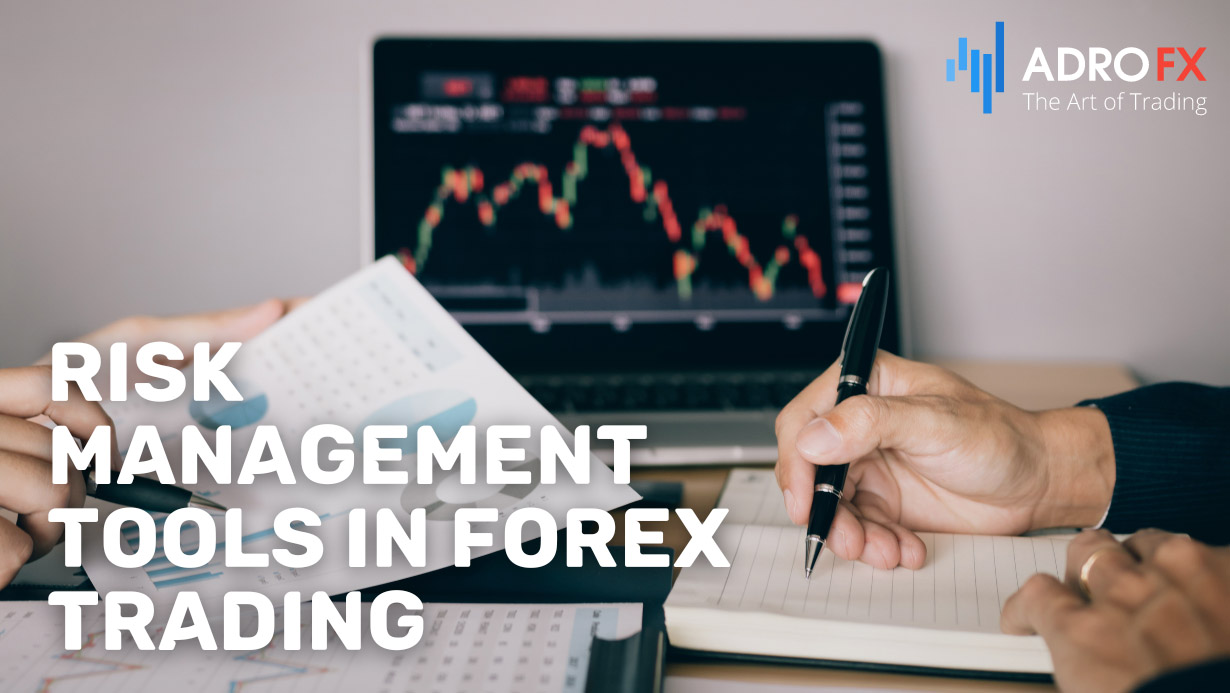
Risk Management Tools in Forex Trading
Effectively managing risk is a crucial aspect of successful forex trading. Traders utilize various tools to minimize potential losses and safeguard their capital. Here are key risk management tools commonly employed in the forex market:
- Stop Loss Orders
A Stop Loss order is a predetermined point where a trader instructs their broker to close a losing trade, limiting potential losses.
Traders set Stop Loss orders based on their risk tolerance and analysis of market conditions. - Take Profit Orders
Similar to a Stop Loss order, a Take Profit order designates a point where a trader instructs their broker to close a winning trade, securing profits.
Take Profit orders help traders lock in gains and adhere to profit targets. - Trailing Stop Loss Orders
A trailing Stop Loss order adjusts automatically as the price moves favorably, allowing traders to secure profits while providing room for the trade to develop.
Traders use trailing Stop Loss orders to protect gains in dynamic market conditions. - Risk-Reward Ratios
The risk-reward ratio evaluates potential loss against potential profit in a trade, helping traders assess the trade's worth based on its risk-return profile.
Traders aim for favorable risk-reward ratios, seeking trades where potential profits outweigh potential losses. - Position Sizing
Position sizing determines the amount of capital to risk on a single trade, often expressed as a percentage of the trading capital.
Traders use position sizing to control risk exposure, preventing significant losses. - Diversification
Diversification involves spreading investments across different instruments or asset classes to reduce overall risk.
Forex traders diversify by trading multiple currency pairs to avoid concentration risk. - Risk Management Software
Specialized software offers risk analysis tools, performance tracking, and scenario planning to assist traders in making informed risk management decisions.
Traders use risk management software for a comprehensive view of their portfolio's risk exposure. - Hedging
Hedging entails opening additional trades to offset the risk of an existing position, minimizing potential losses.
Traders may hedge positions to protect against adverse market movements.
Adopting a combination of these risk management tools empowers forex traders to navigate the inherently unpredictable nature of the foreign exchange market while preserving their capital and optimizing profitability.
Indicators of Risk Sentiment in Forex Trading
Remaining attuned to global risk sentiment is essential for forex traders, as it profoundly influences trading outcomes. Several key market indicators serve as reliable measures of prevailing risk sentiment:
- Stock Market Performance
The trajectory of the stock market provides valuable insights into risk sentiment. A rising market generally signals a risk-on environment, while a declining market suggests risk-off sentiment.
Forex traders monitor stock market movements to anticipate shifts in risk sentiment. - Volatility Indices
Indices like the VIX (Volatility Index) gauge expectations regarding market volatility. Elevated readings often indicate risk-off sentiment, while lower readings suggest a risk-on atmosphere.
Traders use volatility indices to assess the degree of market uncertainty and potential risk. - Bond Yields
Bond yields reflect market dynamics, with lower yields signaling a risk-off environment. Investors tend to seek the safety of bonds during uncertain times, leading to higher bond prices and reduced yields.
Monitoring bond yields helps forex traders gauge shifts in risk sentiment and investor preferences. - Commodity Prices
Commodity prices, when on the rise, typically indicate a risk-on environment. Increasing commodity prices suggest positive expectations for global economic growth.
Forex traders observe commodity price trends as an indicator of broader economic sentiment and potential shifts in risk appetite.
Being well-versed in these risk sentiment indicators equips forex traders with the tools needed to interpret market conditions accurately. By understanding the interplay of these indicators, traders can make informed decisions aligned with prevailing risk sentiment, enhancing their overall trading strategy.
Conclusion
As we anchor our exploration into the realm of risk appetite, it's imperative to acknowledge that the forex market is a living entity, ever-evolving and presenting new challenges. Mastery of risk appetite is not a destination but an ongoing journey, requiring adaptability and continuous learning. Traders equipped with a profound understanding of their risk appetite, coupled with effective risk management strategies, are better poised to navigate the complexities of the forex market.
In this ever-changing landscape, the call to action echoes: embrace the journey of continuous improvement. Regularly reassess and refine your risk management strategies, aligning them with the dynamic market conditions. We invite you to share your thoughts, insights, or experiences on risk appetite in forex trading. Together, let's foster a community of informed traders who thrive in the face of uncertainty, armed with the wisdom to turn risk into opportunity.
About AdroFx
Established in 2018, AdroFx is known for its high technology and its ability to deliver high-quality brokerage services in more than 200 countries around the world. AdroFx makes every effort to keep its customers satisfied and to meet all the trading needs of any trader. With the five types of trading accounts, we have all it takes to fit any traders` needs and styles. The company provides access to 115+ trading instruments, including currencies, metals, stocks, and cryptocurrencies, which make it possible to make the most out of trading on the financial markets. Considering all the above, AdroFx is the perfect variant for anyone who doesn't settle for less than the best.






